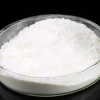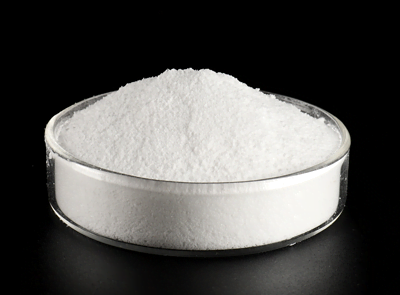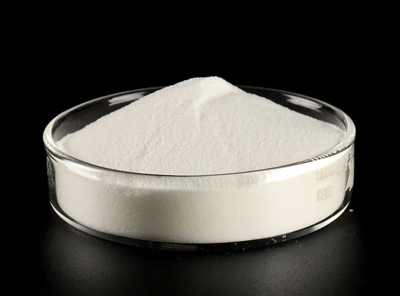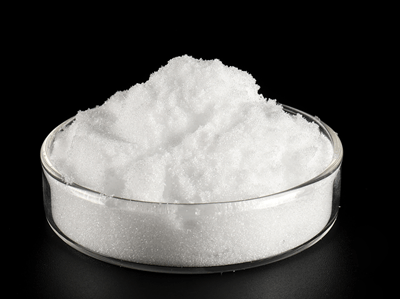DTT, or Dithiothreitol, is a reducing agent commonly used in biochemistry and molecular biology laboratories. It is a small molecule that contains two thiols (sulfhydryl) groups and is utilized to break disulfide bonds in proteins and maintain a reducing environment in various biochemical assays. The CAS number for DTT is 3483-12-3.
Uses of DTT:
- Protein Denaturation and Unfolding:
- DTT is often used to reduce disulfide bonds in proteins, leading to the denaturation and unfolding of the protein structure. This is particularly useful when studying protein folding or when preparing proteins for analysis.
- Enzyme Activation:
- Some enzymes require a reducing environment to be active. DTT is used to maintain a reducing condition, ensuring the proper functioning of these enzymes.
- Reduction of Protein Aggregates:
- DTT can be used to reduce protein aggregates or misfolded proteins, facilitating their solubilization and separation during experiments like gel electrophoresis.
- Preventing Oxidation in Cell Culture:
- In cell culture, DTT is sometimes added to the medium to prevent the oxidation of cysteine residues in proteins and maintain the reducing conditions necessary for certain cellular processes.
How to Use DTT:
- Preparation of DTT Solution:
- Dissolve DTT in an appropriate buffer or solvent to create a DTT solution of the desired concentration. Commonly used concentrations range from 1 mM to 100 mM, depending on the specific application.
- Addition to Protein Samples:
- DTT is typically added directly to protein samples or reaction mixtures to achieve the desired reducing conditions. The concentration of DTT should be optimized based on the specific experimental requirements.
- Incubation:
- Allow the reaction mixture to incubate for a sufficient period to allow DTT to reduce disulfide bonds. The incubation time can vary depending on the experimental setup and the specific goals of the study.
- Quenching:
- After the reduction reaction is complete, it’s essential to quench the excess DTT to prevent interference with downstream applications. This can be achieved by adding a quenching reagent or by other appropriate methods.
- Analysis:
- Proceed with the analysis of your samples, whether it involves gel electrophoresis, enzyme assays, or other biochemical techniques.






Reviews
There are no reviews yet.